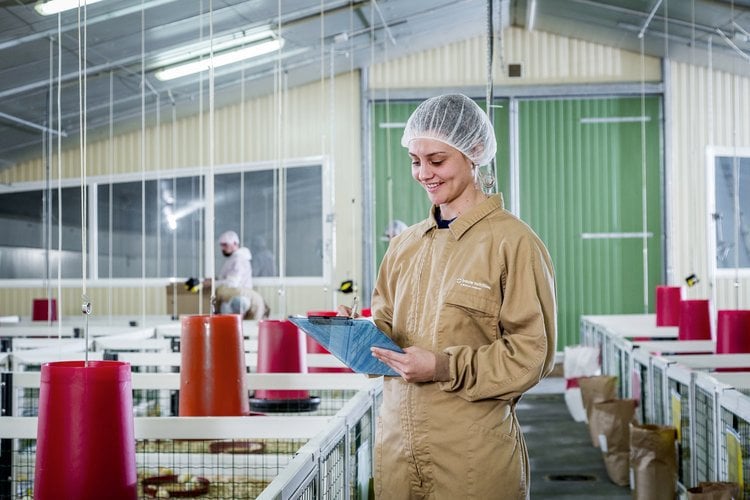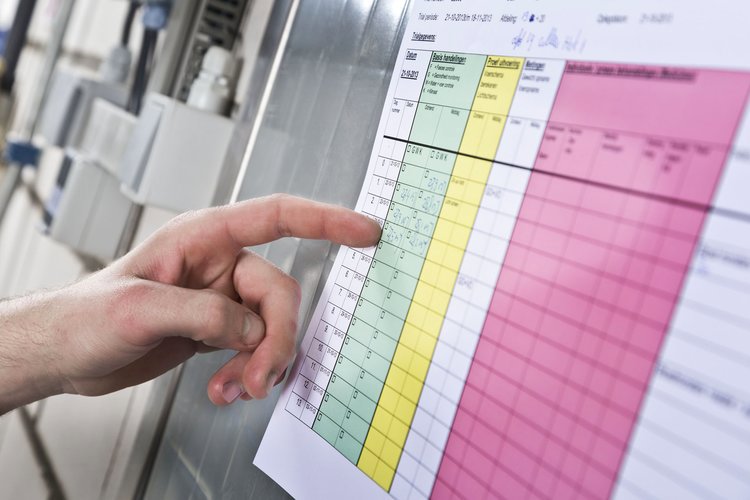
Mycotoxin Risk Management Programme
This programme aims at providing comprehensive and integrated knowledge to manage mycotoxins effectively.

Layer pullets should grow consistently in their first weeks to gain enough body reserves to be able to produce eggs. If their diet is formulated with low-quality raw materials, the pullets will fail to gain the desired bodyweight, which is difficult to correct in the layer phase.
Compromised pullet performance, due to a low-quality diet, directly affects a farm’s egg production and profitability.

For hens, calcium (Ca) and phosphorus (P) are key minerals, and their availability is most crucial during the laying period. Ca and P are linked with egg formation and eggshell quality.
Eggs with inferior shell quality are a leading cause of economic loss to poultry producers. So, it is essential to know the precise level of Calcium and Phosphorus in the raw materials used in feed to reduce the number of cracked eggs on your farm.
Testing of mycotoxins in raw materials has become more important, as these toxins pose a serious risk to animal health and performance.